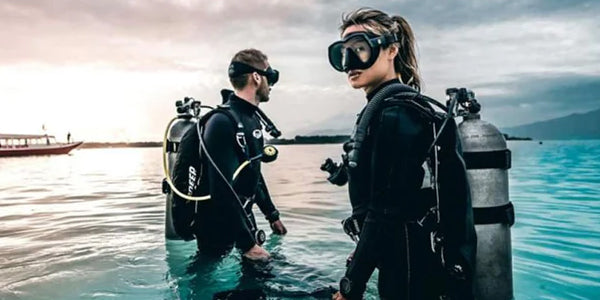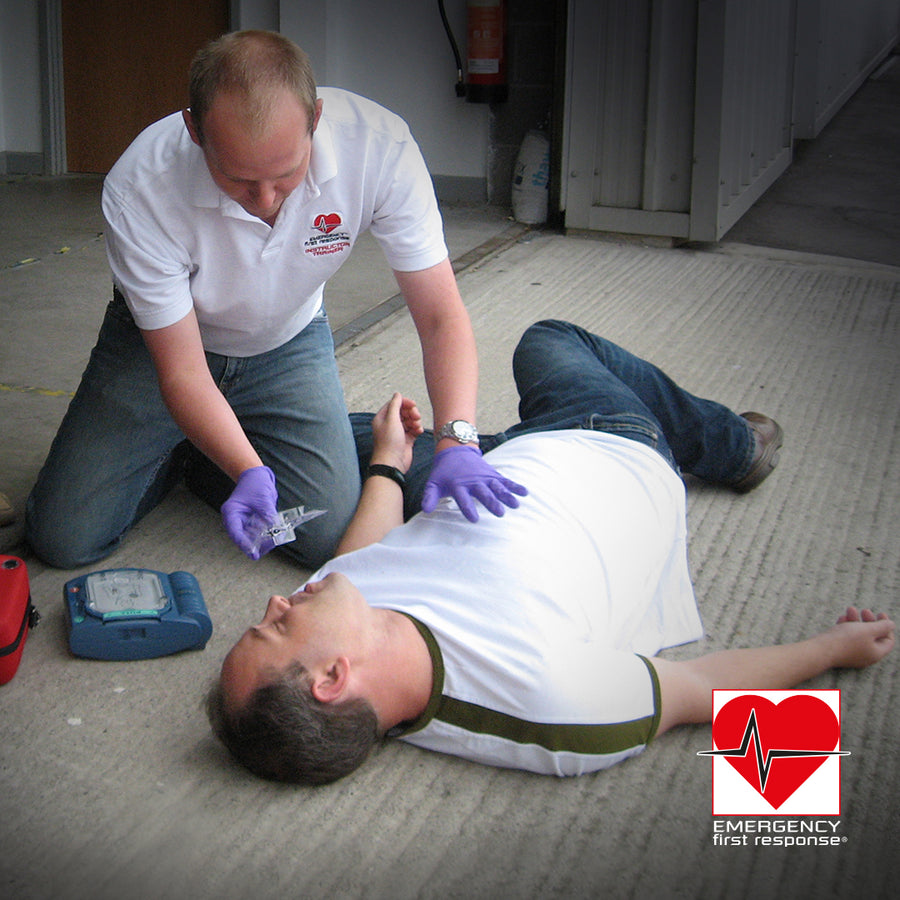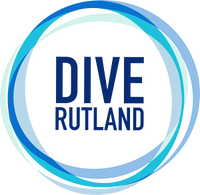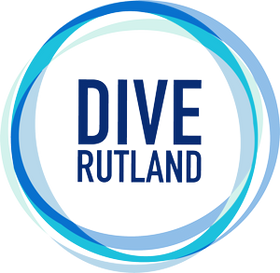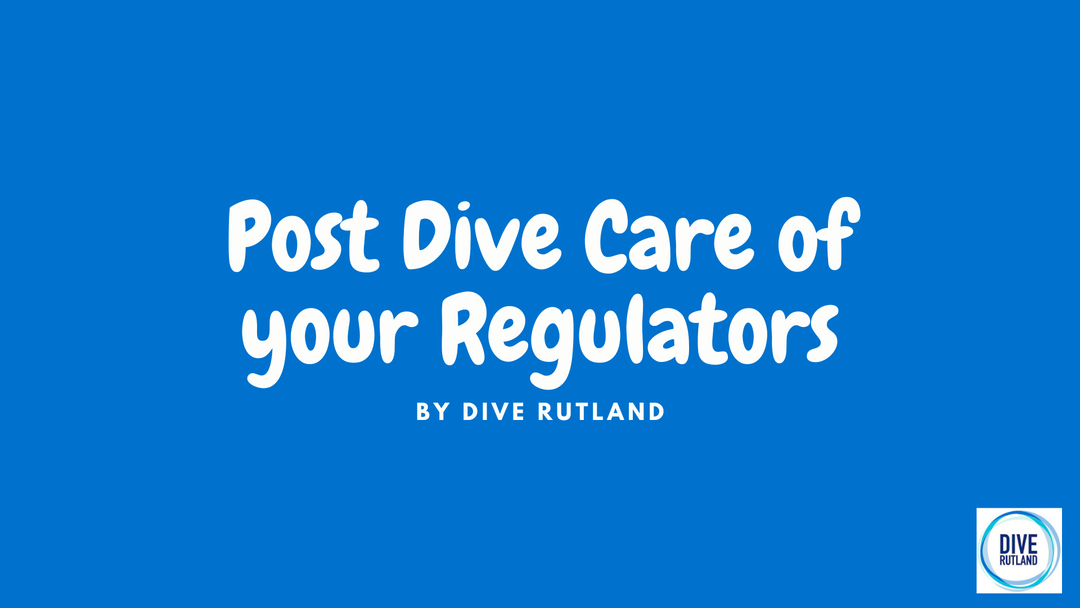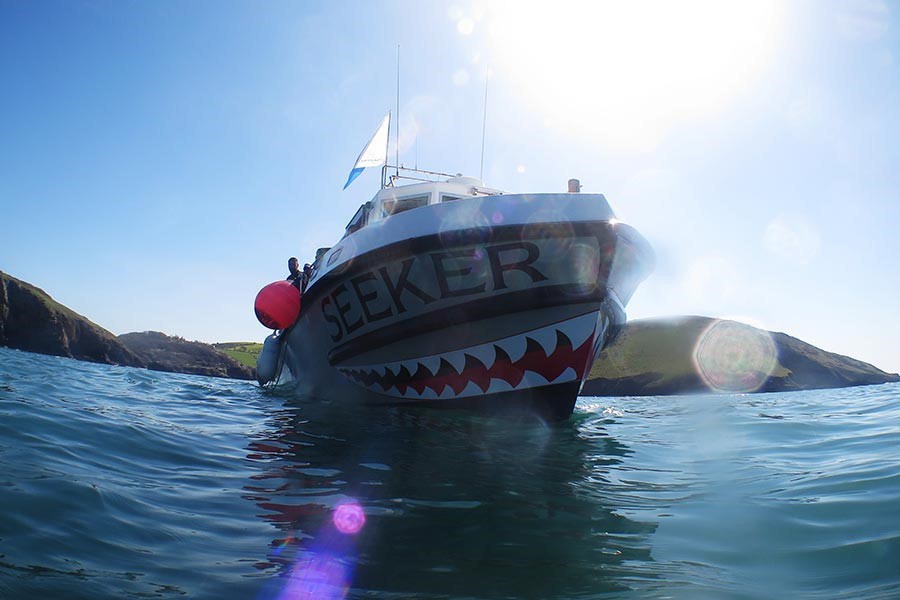Buoyancy Control - Having a Stable Platform
A stable platform is the most important skill in diving at any level and in any piece of dive equipment. It is probably the skill that takes the longest to learn, in the early days of learning to dive the most frustrating, particularly, if in a Drysuit. It is a skill that we relearn the most often.
Every time we change our equipment configuration, or the diving environment, or the skills we are learning and mastering, in fact, sometimes buoyancy control just needs a little fine-tuning, but when you change a lot of things, it can take a lot of time to perfect.
So, whether you are still getting it right for the first time or fine tuning your skills you should PRACTISE, PRACTISE, PRACTISE
Compensating for poor buoyancy by wafting your arms or hands around, kicking your legs, constantly swimming to stay buoyant doesn’t hide that you are not in control, it just wastes air, takes effort and remember diving should be relaxing!
So practice and be brave. Keep trying to be still or moving slowly while controlling your position in the water. Make a mess of it, who cares, you are at least trying to do something about it and practise makes perfect after all.

Then become less reliant on that reference and start to feel neutral / natural buoyancy. Take your eyes of the spot and continue to try and maintain position. Use your ears as a guide, they give you lots of clues, but more than that you can feel the water buoying you up and when you breath in and out you will feel the gentle rise and fall, once truly cracked there will be no movement at all!
Complete a Peak Performance Buoyancy Course - it does not matter if you have done one before!
Now importantly do not forget about balance. If your kit is well setup and your buoyancy is good, you should be able to move fairly easily even if in bulky technical kit.
Good buoyancy control allows you to pivot on your balance point, which is generally somewhere around your midpoint. This balance allows you to dive in a flat / skydiving position, but easily allow you to adjust your position if entering caves or caverns (subject to be qualified to do so).
IF you are changing to twins for the first time, it’s easier if the rest of your kit (Drysuit, baselayer etc.) is the same as normal and also if the environment you are diving in is familiar.
A new suit, new cylinder configuration plus DSMB’s, Reels, torches etc. maybe one step to far and always learn new skills with qualified professionals.
It just shows you need to keep practising and finding the RIGHT instructor is also part of the package and we are still on our technical journey - watch our social media.
Take it slowly at first. The first step when doing a new skill, or a skill in new kit, is to think through and plan each step. Visualise what it is you are going to do.
Once underwater, TAKE YOUR TIME when practising new skills and work with your instructor to achieve if doing for the very first time. Check / correct your buoyancy and depth between each step. Once you have done it a few times you will find that you move much easier and the skill completion will be much quicker.
New equipment or new combinations of equipment can take time to master. Auxiliary equipment such as an DSMB you will not necessarily use on every dive, so always when possible take time to practise.

